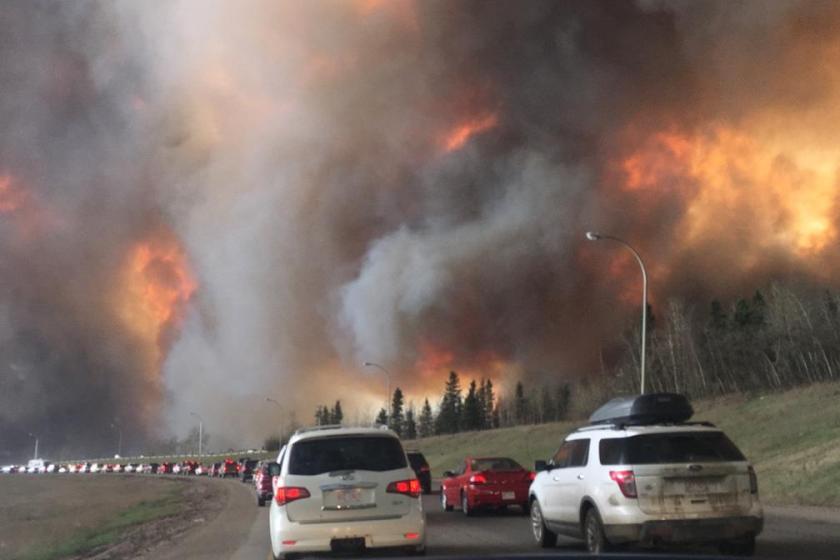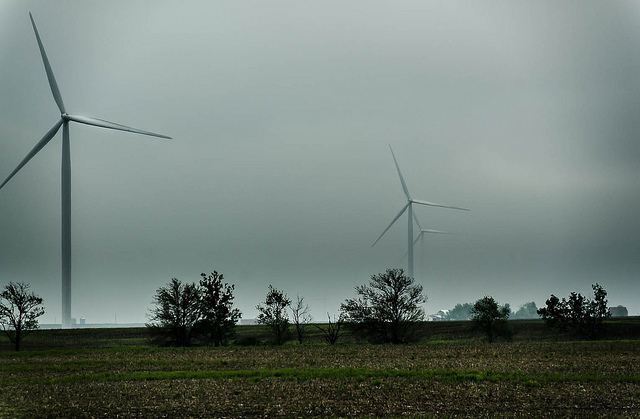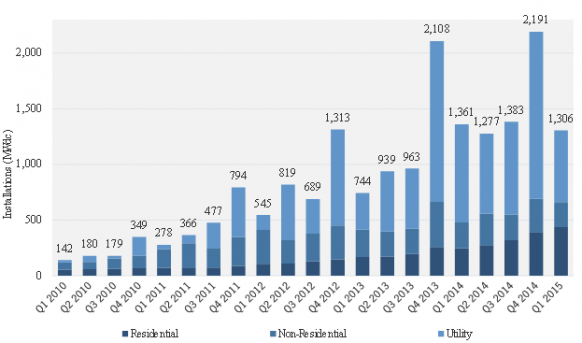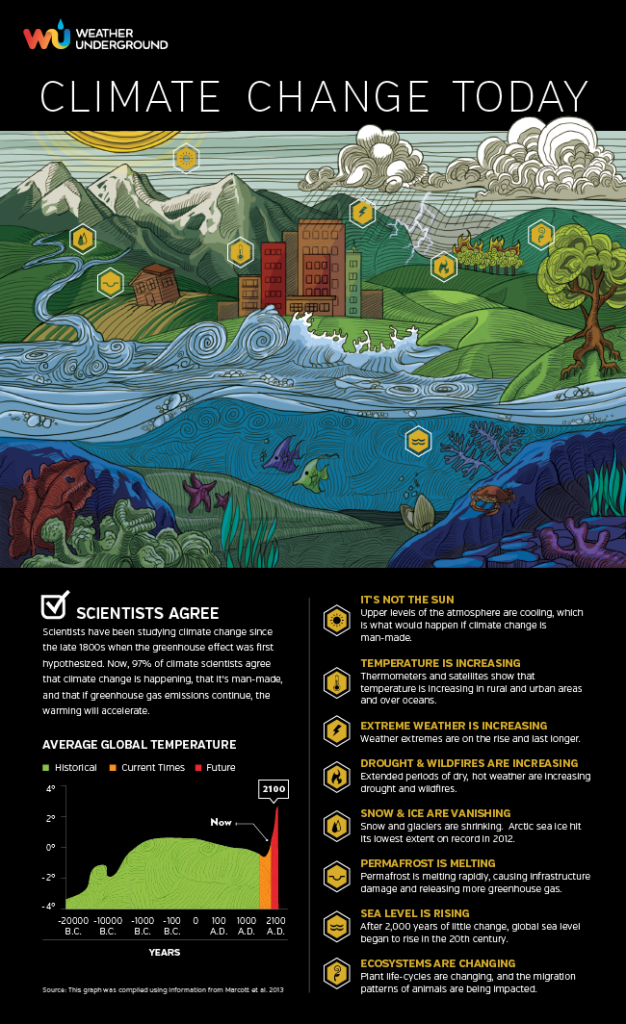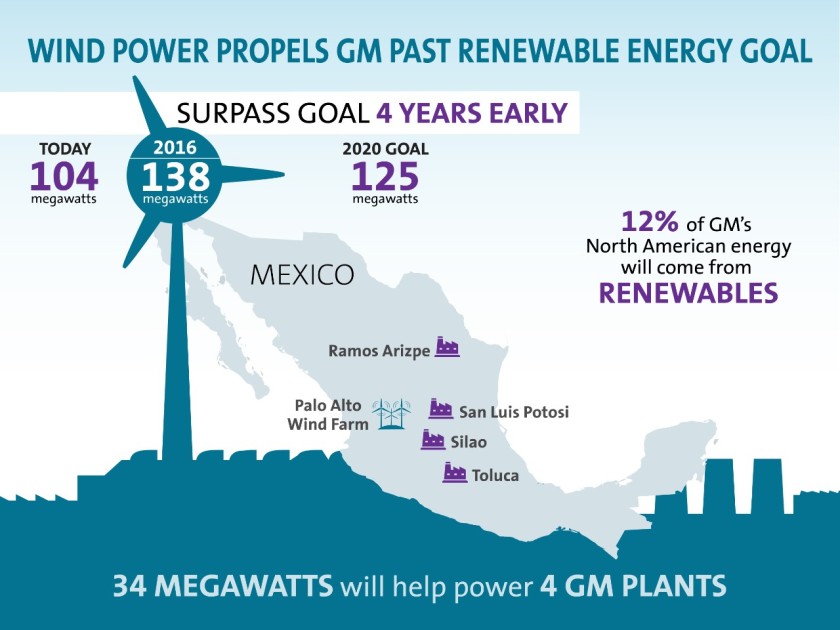Ten years ago, Italy won the 2006 FIFA World Cup, sending Italians into a frenzy. Yet, perhaps just as significant was the release of An Inconvenient Truth.
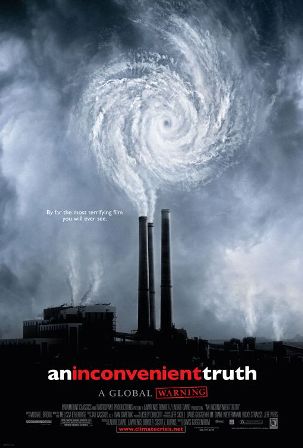
This documentary featured former US Vice-President Al Gore discussing on a slide show, about the consequences climate change would have on our planet in the future. It was a visual tour de force for the eyes, as Gore hit the point home, slide, after slide, after slide, about what will occur if we do not make necessary changes in order to avoid future damage. An inconvenient Truth won the 2006 Best Documentary Feature Oscar. It also became one of top grossing documentaries of all time, taking in $49.1 million, globally.
So what has happened since An Inconvenient Truth has come out?
A lot of things have happened. I won’t go into every crook and cranny on what’s happened since, but I will discuss some key points.
Weather events are getting more extreme: Ok, as much as I love watching a good extreme wrestling bout, the same can’t be said about extreme weather. There is nothing funny, nor pretty about flash flooding, droughts, and intense heat waves. In, fact it’s quite scary. Consider since 2006, six years have been the hottest globally on record, (2007, 2009, 2010, 2013, 2014, and 2015). There is a 99% chance 2016 will be even warmer (and it’s not even June yet). Climate analysts suggest these types of events will only increase in warming world, as we head into a “New Normal” of expecting the unexpected in weather. If that won’t get you, perhaps increased insurance rates in the pocket-book will from these situations.
Increased investments in renewables and cleantech investment: While doom and gloom abounds about climate change, one positive has occurred, which is more investments into renewable energy and clean technology. Renewable energy and clean technology has seen revival, thanks to reducing carbon emissions, but also thanks to the American Recovery and Reinvestment Act of 2009, which poured $31 billion US into new American clean energy projects. Since then, global renewable energy investment reached a record in 2015 with $329 billion US, with emerging market countries leading the way. Electric vehicles are also finding their way, as they are becoming more affordable, as Tesla Motors has taken already 373,000 pre orders for its affordable ($35,000 per car) model 3 vehicle, and is considered a “game changing” event within the automobile industry due to the amount of rapid sales for an electric vehicle.
Ten years on. An Inconvenient Truth, if anything got more people talking about climate change and began a serious conversation in mainstream society. It’s been used in universities, and schools about what needs to occur about taking climate action. Sure it has its detractors. Yet at the end of the day, it’s a discussion that needed to be out in the open. Look, I love talking about money (I prepare income taxes, and took economics), but we can’t continue to beat up our planet Earth day in and day out in the sake of maximizing return. There is no economy with no planet. Today we have to technology to move forward, with wind, solar, biofuels, battery storage, and electric vehicles. The Internet of Things will help to ramp up renewable energy through smart grids, as smart cities will help to ensure improved energy efficiencies in major urban centres.
We owe it to ourselves. If not to save our Earth, but in the very least to upgrade our outdated 20th century infrastructure into the 21st century, and save ourselves future costs from extreme weather events.
So watch An Inconvenient Truth again. Discuss what has changed since. Debate with your friends and neighbors. Be inspired by it. But in the very least come out of it with something new, and take action. Because there is No Planet B.
